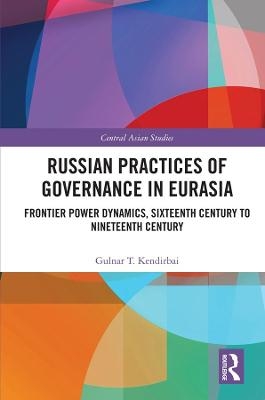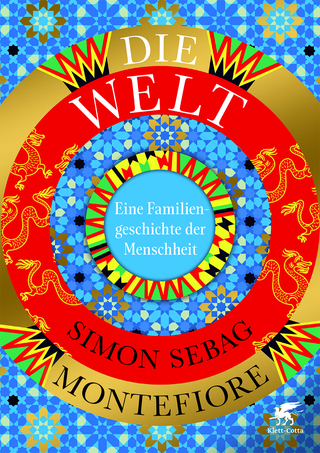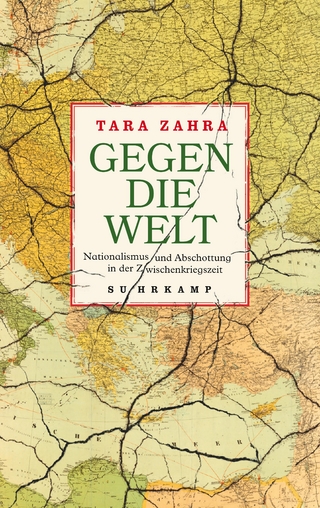
Russian Practices of Governance in Eurasia
Routledge (Verlag)
978-0-367-19675-2 (ISBN)
Demonstrating that the mobility factor strongly shaped the system of protectorate that the Russian and Qing monarchs imposed on their nomadic counterparts, the book argues that it operated as a flexible institutional framework, which enabled all sides to derive maximum benefits from a given political situation. The author establishes that interactions of Russian authorities with their Kalmyk and Qazaq counterparts during the mid-16th to the mid-19th centuries were strongly informed by the power dynamics of the Inner Asian frontier. These dynamics were marked by Russia’s rivalry with Qing Chinese and Jungar leaders to exert its influence over frontier nomadic populations. This book shows that each of these parties began to adopt key elements of existing steppe political culture. It also suggests that the different norms of governance adopted by the Russian state continued to shape its elite politics well into the 1820s and beyond. The author proposes that, by combining key elements of this culture with new practices, Russian authorities proved capable of creating innovative forms of governance that ended up shaping the very nature of the colonial Russian state itself.
An important contribution to the ongoing debates pertaining to the nature of the spread of Russian rule over the numerous populations of the vast Eurasian terrains, this book will be of interest to academics working on Russian history, Central Asian/Eurasian history and political and cultural history.
Gulnar T. Kendirbai is Adjunct Assistant Professor of History at Columbia University, USA.
Introduction Part One: The Russian Institution of Protectorate 1. Patterns of Power and Authority 2. The Russian Politics of Ulus Part Two: Kalmyk-Russian Protectorate Relations 3. Uneasy Encounters 4. From Patronage to Protection (Protektsiia) Part Three: Placing the Qazaqs Under Russia’s Protection 5. The Qazaq Junior Horde and Russia 6. The New Jungar Offensive and Its Impact 7. From Protection to Confirmation (Konfirmatsiia) Part Four: Between Russia and the Qing 8. After the Fall of the Jungars 9. The Qazaq Oath Taking Ceremony Part Five: Staying on the Imperial Fringe 10. The Establishment of the Bokei Horde 11. The Politics of Qazaq Deputations Conclusion
| Erscheinungsdatum | 26.02.2020 |
|---|---|
| Reihe/Serie | Central Asian Studies |
| Zusatzinfo | 3 Line drawings, black and white; 17 Halftones, black and white; 20 Illustrations, black and white |
| Verlagsort | London |
| Sprache | englisch |
| Maße | 156 x 234 mm |
| Gewicht | 453 g |
| Themenwelt | Geisteswissenschaften ► Geschichte ► Allgemeine Geschichte |
| Geisteswissenschaften ► Geschichte ► Regional- / Ländergeschichte | |
| Naturwissenschaften ► Geowissenschaften ► Geografie / Kartografie | |
| ISBN-10 | 0-367-19675-1 / 0367196751 |
| ISBN-13 | 978-0-367-19675-2 / 9780367196752 |
| Zustand | Neuware |
| Haben Sie eine Frage zum Produkt? |
aus dem Bereich


